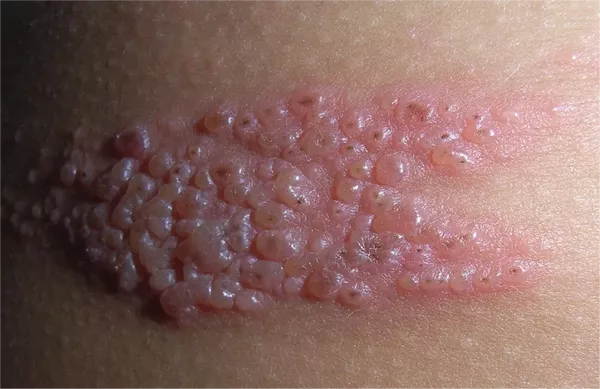Shingles, caused by the varicella-zoster virus (VZV), manifests as a painful rash that typically appears on one side of the body. This condition can be particularly distressing due to the intensity of pain experienced by those affected. To comprehend when shingles is most excruciating, it’s essential to grasp the stages of this viral infection.
Initial Symptoms and Onset of Pain
The first signs of shingles often include pain, itching, or tingling in a specific area of the skin, followed by the appearance of a red rash. This stage is known as the prodromal phase. The pain experienced during this initial phase can vary widely among individuals but is commonly described as burning, stabbing, or throbbing. It is important to note that pain can be present even before the rash appears. This early pain can be quite intense and is often a key indicator that shingles is developing.
Stages of Shingles
Shingles progresses through several distinct stages, each marked by specific symptoms and levels of discomfort:
1. Prodromal Stage: This initial phase involves nonspecific symptoms such as fever, headache, and fatigue. These may be mistaken for a mild illness or flu-like condition.
2. Acute Stage (Active Shingles): The most painful phase, characterized by the eruption of a distinctive rash and intense nerve pain.
3. Healing Stage: As the rash begins to resolve, the pain gradually diminishes. However, some individuals may experience lingering nerve pain known as post-herpetic neuralgia (PHN).
The Peak of Pain: Acute Stage
The acute stage of shingles is widely regarded as the most painful phase of the infection. This phase typically lasts around 2 to 4 weeks and is characterized by the following:
1. Rash Development: The hallmark sign of shingles, a red, blistering rash, emerges along with severe pain in the affected area. The rash is usually confined to one side of the body, following the path of the affected nerve.
2. Neuropathic Pain: The nerve pain associated with shingles can be excruciating and is often described as burning, stabbing, or shooting. This pain is due to inflammation and irritation of nerves caused by the virus.
3. Hyperesthesia and Allodynia: Patients may experience heightened sensitivity to touch (hyperesthesia) or pain from stimuli that are not typically painful (allodynia), making everyday activities challenging and uncomfortable.
The pain during this phase can be debilitating, impacting mobility, sleep, and overall quality of life. It is crucial for individuals experiencing shingles to seek medical attention promptly to manage symptoms effectively and prevent complications.
Management of Pain during Acute Shingles
Given the intensity of pain during the acute phase, various strategies are employed to alleviate discomfort and aid in recovery:
1. Antiviral Medications: Early initiation of antiviral drugs such as acyclovir, valacyclovir, or famciclovir can reduce the severity and duration of the infection, potentially minimizing nerve damage and subsequent pain.
2. Pain Management: Nonsteroidal anti-inflammatory drugs (NSAIDs), such as ibuprofen or naproxen, are often recommended to alleviate pain and reduce inflammation. In severe cases, stronger pain medications like opioids may be prescribed for short-term relief.
3. Topical Treatments: Calamine lotion or lidocaine-containing creams can help soothe the rash and alleviate localized discomfort.
4. Nerve Blocks: In cases of severe pain that does not respond to conventional treatment, nerve blocks or steroid injections around affected nerves may be considered to provide targeted pain relief.
5. Rest and Comfort Measures: Adequate rest, cool compresses, loose clothing, and avoiding activities that exacerbate pain can all contribute to a more comfortable recovery.
Post-Herpetic Neuralgia (PHN): Persistent Pain
In some cases, the pain associated with shingles can persist beyond the acute phase, leading to a condition known as post-herpetic neuralgia (PHN). This occurs when damaged nerve fibers continue to send pain signals to the brain even after the rash has healed. PHN can be challenging to manage and may require specialized pain management techniques, including nerve blocks, antidepressants, or anticonvulsants.
Conclusion
Shingles is most painful during its acute phase when the rash is present and nerve pain is at its peak. Prompt medical intervention, including antiviral therapy and pain management, is crucial to alleviate symptoms and reduce the risk of complications such as PHN. Understanding the progression of shingles and its associated pain allows for timely intervention and better outcomes for those affected by this viral infection.
Related Topics:
























